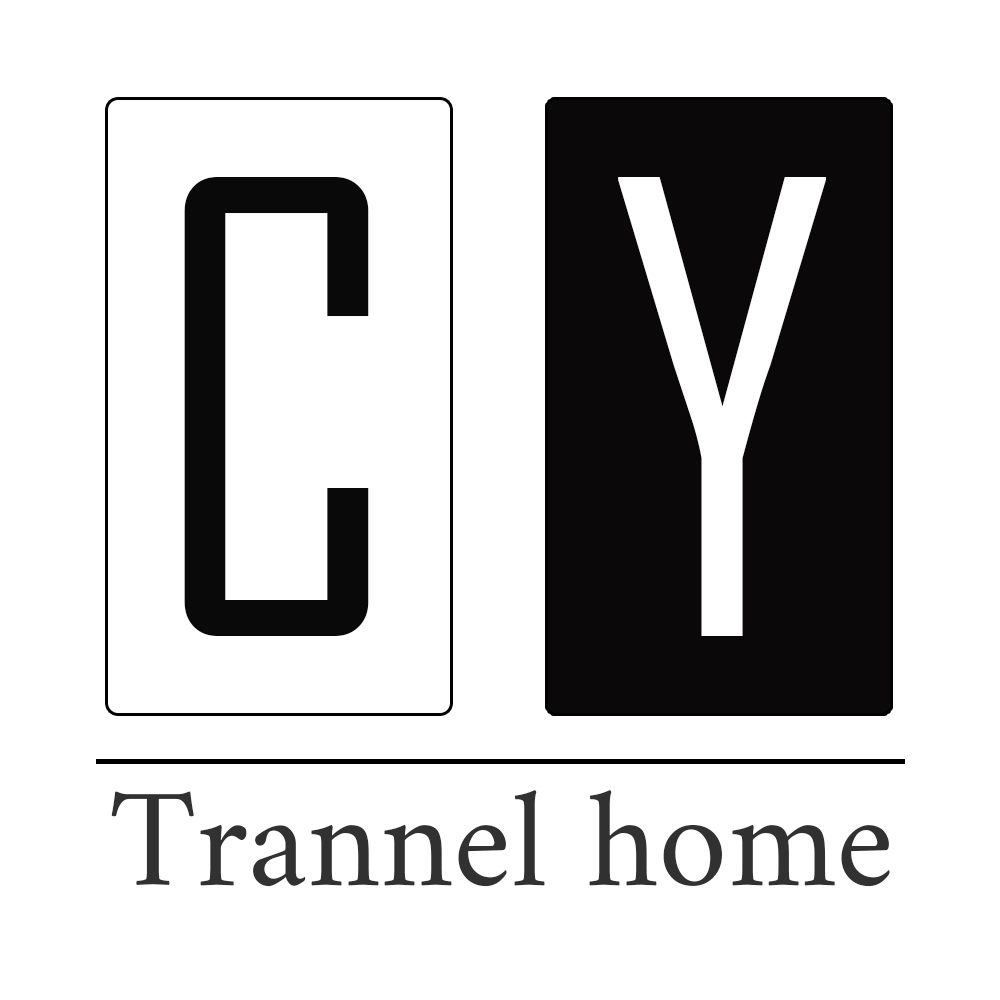The U.S. furniture market remains one of the most lucrative in the world, but rising tariffs on imported goods—especially from China—have made it harder for exporters to maintain competitive pricing. If you’re a manufacturer or supplier of wood upholstered furniture (including beds, dining chairs, sofas, and ottomans), adapting your strategy is key to keeping American buyers interested.
In this guide, we’ll explore practical ways to minimize tariff impacts, negotiate better deals with U.S. clients, and maintain profitability in a challenging trade environment.
1. Understand the Current U.S. Tariff Structure
Before adjusting your pricing or marketing strategy, you need to know exactly how tariffs affect your products.
- Section 301 Tariffs: Many Chinese-made furniture items face 25% additional duties.
- HS Codes Matter: Verify if your wood upholstered bed, dining chair, or footstool falls under a highly taxed category.
- Exemptions & Exceptions: Some furniture components may qualify for tariff exclusions—check the U.S. Trade Representative (USTR) updates.
Pro Tip: Work with a customs broker to ensure accurate classification and explore potential duty-saving opportunities.
2. Offer Bulk Discounts & Long-Term Contracts
American buyers are more likely to commit if they see long-term cost benefits.
- Volume Discounts: Encourage larger orders by offering 5-10% discounts on full-container loads (FCL).
- Annual Contracts: Lock in clients with fixed pricing for 12 months, reducing their fear of future tariff hikes.
- Pre-Payment Incentives: Offer a 2-3% discount for upfront payments to improve cash flow.
3. Shift Partial Production to Tariff-Free Countries
If tariffs are squeezing margins, consider diversifying manufacturing:
- Vietnam, Malaysia, Indonesia: Popular alternatives with lower labor costs and no additional U.S. tariffs.
- Mexico: Proximity to the U.S. reduces shipping costs and benefits from USMCA (NAFTA 2.0).
- Knock-Down (KD) Shipments: Ship furniture in parts for final assembly in the U.S. to reduce duties.
4. Optimize Shipping & Logistics to Cut Costs
Since tariffs are unavoidable, reduce other expenses to stay competitive:
- Consolidate Shipments: Use LCL (Less than Container Load) wisely to avoid wasted space.
- Negotiate with Freight Forwarders: Long-term partnerships can lead to better ocean/air rates.
- Duty Drawback Programs: If you re-export goods, you may recover 99% of paid tariffs.
5. Highlight Quality & Customization to Justify Pricing
Instead of competing solely on price, emphasize value:
- Eco-Friendly Materials: U.S. buyers pay premiums for sustainably sourced wood & fabrics.
- Custom Designs: Offer personalized upholstery, finishes, or sizing to differentiate from mass-produced options.
- Lifetime Warranties: Build trust by guaranteeing durability against wear and tear.
6. Explore Alternative U.S. Sales Channels
If traditional retailers are hesitant due to tariffs, try:
- E-commerce (Amazon, Wayfair, Overstock): Lower overhead costs than brick-and-mortar.
- Direct-to-Consumer (DTC) Sales: Sell through your own Shopify store with targeted Facebook/Google ads.
- Wholesale Marketplaces: Platforms like Faire & Tundra connect you with U.S. boutique furniture stores.
7. Stay Updated on Trade Policy Changes
Tariffs can shift with political changes—subscribe to:
- USTR.gov (U.S. Trade Representative)
- CBP (Customs & Border Protection) bulletins
- Furniture trade associations (e.g., AHFA)
Conclusion: Adapt & Thrive Despite Tariffs
While U.S. tariffs pose challenges, smart pricing, logistics, and marketing strategies can keep your wood upholstered furniture business profitable. By diversifying production, optimizing costs, and emphasizing quality, you can maintain strong relationships with American buyers—even in a high-tariff environment.
Need help entering the U.S. market? Contact us today for a customized export strategy tailored to your furniture line!
SEO Optimization Checklist for This Blog:
✅ Primary Keywords: wood upholstered furniture, U.S. tariffs, sell furniture to USA, tariff-free furniture export
✅ Secondary Keywords: wood upholstered bed, dining chairs, ottomans, furniture shipping costs
✅ Internal Links: Link to related product pages (e.g., your wooden bed collection)
✅ External Links: Authority sources (USTR, CBP) for credibility
✅ Meta Description: Struggling with U.S. tariffs on wood furniture? Learn smart strategies to negotiate better deals, cut costs & keep American buyers interested.
This blog is designed to rank well on Google while providing actionable insights for furniture exporters. Would you like any refinements based on a specific niche (e.g., luxury vs. mid-range furniture)?



